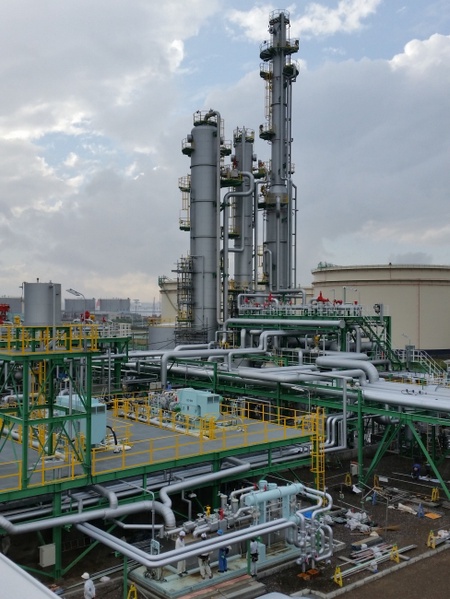Greenhouse gas emissions must be reduced aggressively and immediately because there are significant constraints to large-scale deployment of negative emissions technologies in the future, says a new study led by Professor Pete Smith from the University of Aberdeen.
The study, which is published today in Nature Climate Change, demonstrates the potential environmental, economic and energy impacts of negative emission technologies for addressing climate change.
Negative emission technologies aim to remove carbon dioxide (CO2), a major driver of climate change, from the atmosphere. They include relatively simple options like planting more trees to lock up CO2 as they grow, or crushing rocks that naturally absorb CO2 and spreading them on soils so that they remove CO2 more rapidly. Other higher-tech options include using chemicals to absorb CO2 from the air, or burning plants for energy and capturing the CO2 that would otherwise be released, then storing it permanently deep below the ground (called bioenergy with carbon capture and storage).
The work was carried out by a team of 40 collaborators as a contribution to the Global Carbon Project.
The research considers the impacts of negative emission technologies on land use, greenhouse gas emissions, water use, earth’s reflectivity, and soil nutrient depletion, as well as the energy and cost requirements for each technology. The study shows that there are many such impacts that vary across technologies. These impacts need to be satisfactorily addressed if negative emission technologies are to play a significant role in achieving climate change goals.
The study concludes that a heavy reliance on the future use of negative emissions technology to offset emissions from continued use of fossil fuels in the present is extremely risky, since our ability to stabilise climate change at less than 2ᵒC above pre-industrial global average temperatures declines as cumulative emissions increase. As the deployment of these technologies will likely be limited due to any combination of the environmental, economic or energy constraints examined in the study, “Plan A” must be to reduce GHG emissions aggressively now. A failure to initiate such aggressive emissions cuts may leave us with no “Plan B” to stabilise the climate within the 2ᵒC target.
Professor Smith said: “We decided to examine negative emission technologies since most global integrated assessment models, used to examine pathways to a stable climate, show that negative emissions technologies may be required in combination with aggressive GHG emissions reductions to limit climate warming to safe levels.
“It is important to publish these findings now, as ways to limit climate change are currently being discussed at the climate negotiations in Paris, and we want negotiators to have the best current information.
“We show that all negative emissions technologies have significant limitations and whilst we need to invest in research and development to try and overcome these limitations, the key message from our study is that we should not rely on these, as yet, unproven technologies to save us in the future. Rather, swift and aggressive cuts in greenhouse gas emissions are needed now. The window of opportunity is closing rapidly, so it is imperative to get a global accord to move forward in Paris this month.”


